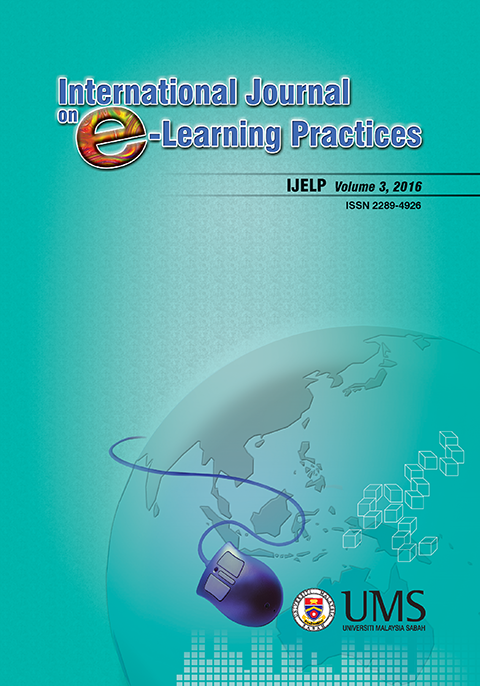Learning English Language with Technology: Case Study of a Primary School in Kota Belud, Sabah
DOI:
https://doi.org/10.51200/ijelp.vi.710Keywords:
language learning, learner centric ecology of resources, scaffolding, multisensory, technologyAbstract
Teaching English Language in rural primary schools using Information and Communications Technology (ICT) has often been seen as a challenge for language teachers. In an attempt to better understand the difficulties faced, a yearlong study was conducted to investigate how 40 voluntary student teachers of a public university in Sabah use ICT and the multisensory approach to teach English. The study employs The Learner Centric Ecology of Resources Framework (Luckin) as a guide to observe knowledge scaffolding of students learning. Focus group interviews were employed to elicit qualitative data with some selected student teachers who participated in the selected primary schools in Kota Belud, Sabah. The results show that the majority of the student teachers were motivated to teach English using the multisensory approach because it helped them to connect English with the outside world via visual aids (multimedia). The student teachers’ reflective journals also indicated that they were able to align the ICT materials with the proficiency levels of the students, create interactive teaching and learning materials, and use ICT to improve class control. All the actions taken by the student teachers prove that they are frequently updating each other in teaching akin to the Luckin framework. If this method of learning is practised by more schools, it would make language learning more interesting.Downloads
Published
2017-07-13
How to Cite
Tan, C. K., Lee, K. W., & Radim, S. M. A. (2017). Learning English Language with Technology: Case Study of a Primary School in Kota Belud, Sabah. International Journal on E-Learning Practices (IJELP), 3. https://doi.org/10.51200/ijelp.vi.710
Issue
Section
Articles






